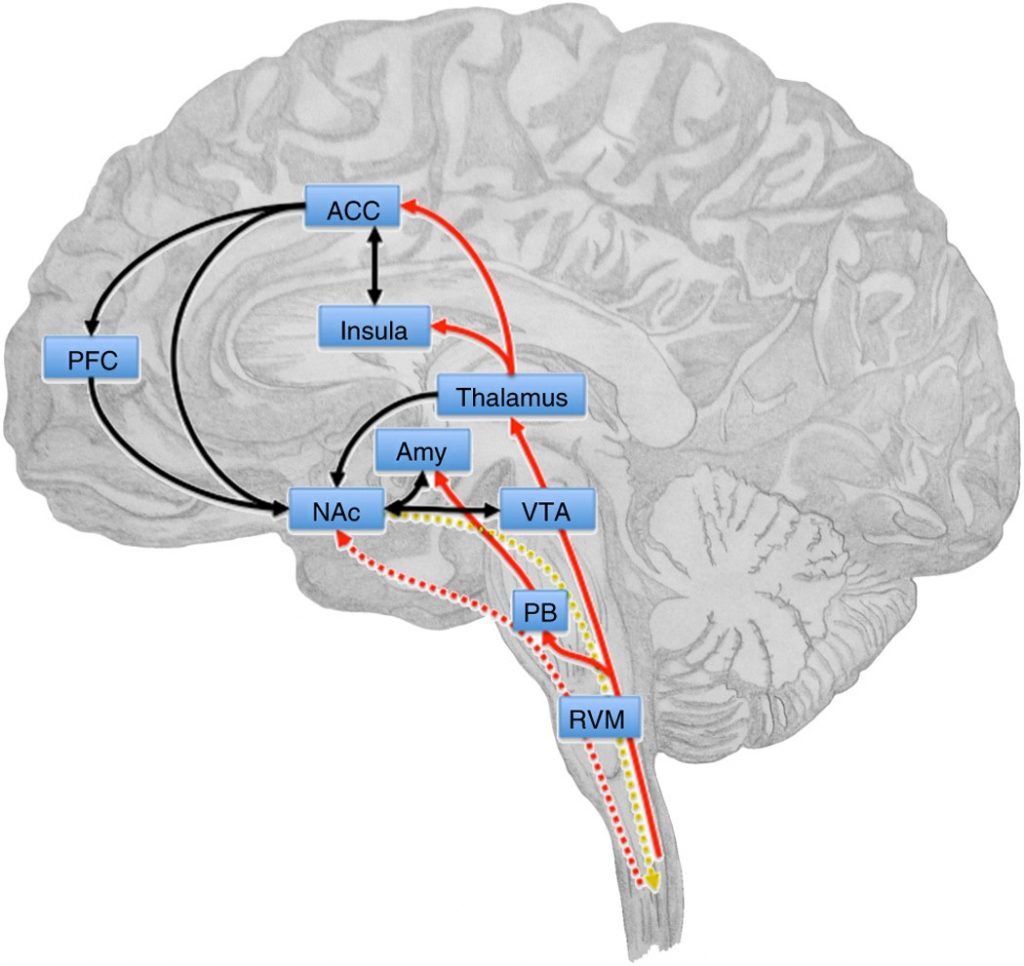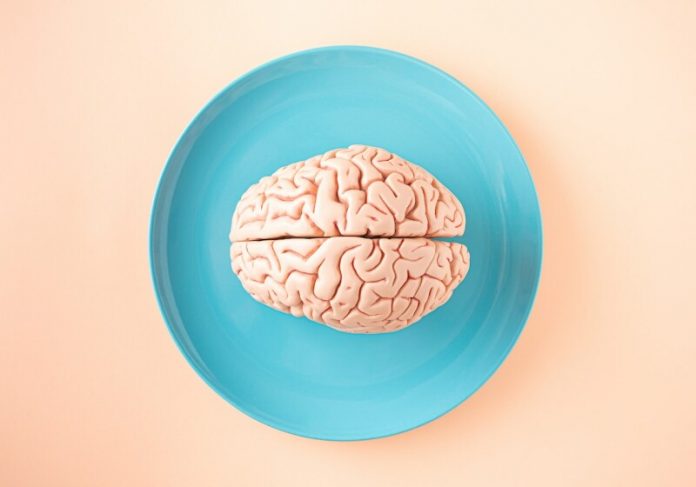Through genomic studies, brain imaging, and animal research models, scientists have mapped out the brain circuitry that may drive eating disorders.
Scientists have discovered that the neurobiological pathways of seemingly distinct groups of psychiatric disorders like drug addiction and obsessive-compulsive disorder overlap significantly with that of eating disorders.1
Having a deeper understanding of the brain’s pathways and drawing knowledge from the treatment of related psychiatric disorders, could help advance effective targeted therapies for eating disorders.1
For the sake of brevity, this article will focus on binge eating disorders, but the overall topic of the discussion applies to the traits and pathways of some addictions and other eating disorders.
What is a binge eating disorder?
Binge-eating disorder (BED) is the most prevalent eating disorder in the U.S., affecting about 2-5% of adults.
It is more common in women than men.2 A binge is defined as eating massive amounts of food in a very short period, to a point of fullness that can be uncomfortable or even painful.
People with BED binge repeatedly and uncontrollably, even if it causes distress or makes them feel sick.
This disorder can occur with or without bulimia, a condition in which the person compensates for the binge by purging their food through self-induced vomiting, excessive exercise, or using laxatives.
All this can lead to the affected developing other illnesses and chronic diseases such as:
- depression,
- heart disease,
- tooth loss,
- diabetes,
- bone and joint injuries,
- and obesity.3
Does this behavior sound familiar?
Binge eating disorder, drug addiction, and obsessive-compulsive disorder (OCD) share a common characteristic: compulsivity.
BED is peculiar in that the affected person finds solace in fulfilling their uncontrollable urges by consuming large amounts of high-fat, high-sugar foods in a short period.
Drug addiction drives a person to seek out substances to feed a compulsive need for the physiological or emotional response that their drug provides, or to avoid withdrawal symptoms.
OCD sufferers get caught in a vicious cycle of obsessive thoughts that create compulsive behaviors to seek temporary relief from their severe anxiety.4,5
Current treatments for BED
Cognitive behavioral therapy (CBT) is the first-line treatment for BED.
This type of therapy aims to change one’s thoughts, behaviors, and feelings in a way that supports a healthy lifestyle. If a patient has not responded to CBT, there are pharmaceutical options available.6
The shared brain circuitry of compulsivity
The mesolimbic pathway, a dopamine-rich brain area, plays an important role in compulsive behavior.
It is made up of the ventral tegmental area (VTA), which is involved in pleasure, and the nucleus accumbens (NAc), which is associated with movement and reward-related behaviors.
These structures further connect with the prefrontal cortex (PFC), insula, and amygdala, which are involved in decision-making, habit formation, and emotional regulation respectively.
Imbalances in chemicals, especially dopamine, and structural deficits of this pathway can contribute to psychiatric disorders like drug addiction and mood disorders.1

For example, a study on mice revealed that reduced function of the PFC to NAc circuit was linked to impulsivity and binge-like eating.1
However, it is important for researchers to acknowledge certain inherent limitations in using mice models, such as variations in physiology between mice and humans and individual variability in human physiology.
Furthermore, the significance of psychosocial factors in eating disorders and their impact on humans should not be overlooked.
One step closer to new treatments
While further studies are needed to understand the brain circuitry of compulsivity better and to develop more effective treatments, the potential to manage eating disorders through targeted neural circuit manipulations offers hope to individuals who currently have limited treatment options available.
References
- Bulik CM, Coleman JRI, Hardaway JA, et al. Genetics and neurobiology of eating disorders. Nat Neurosci.2022;25, 543–554. doi.org/10.1038/s41593-022-01071-z
- Hutson PH, Balodis IM, Potenza MN. Binge-eating disorder: clinical and therapeutic advances. Pharmacol Ther. 2018;182:15-27. doi:10.1016/j.pharmthera.2017.08.002
- Binge eating disorder. National eating disorders association. Updated February 21, 2018. Accessed May 28, 2023. https://www.nationaleatingdisorders.org/learn/by-eating-disorder/bed
- Schreiber LR, Odlaug BL, Grant JE. The overlap between binge eating disorder and substance use disorders: diagnosis and neurobiology. J Behav Addict. 2013;2(4):191-198. doi:10.1556/JBA.2.2013.015
- Neziroglu F, Sandler J. The relationship between eating disorders and OCD part of the spectrum. International OCD foundation. Updated June 29, 2022. Accessed May 28, 2023. https://iocdf.org/expert-opinions/expert-opinion-eating-disorders-and-ocd/
- Crone C, Fochtmann LJ, Attia E, et al. The American Psychiatric Association practice guideline for the treatment of patients with eating disorders. American Journal of Psych. 2023;180(2):167-171. doi: 10.1176/appi.ajp.23180001



